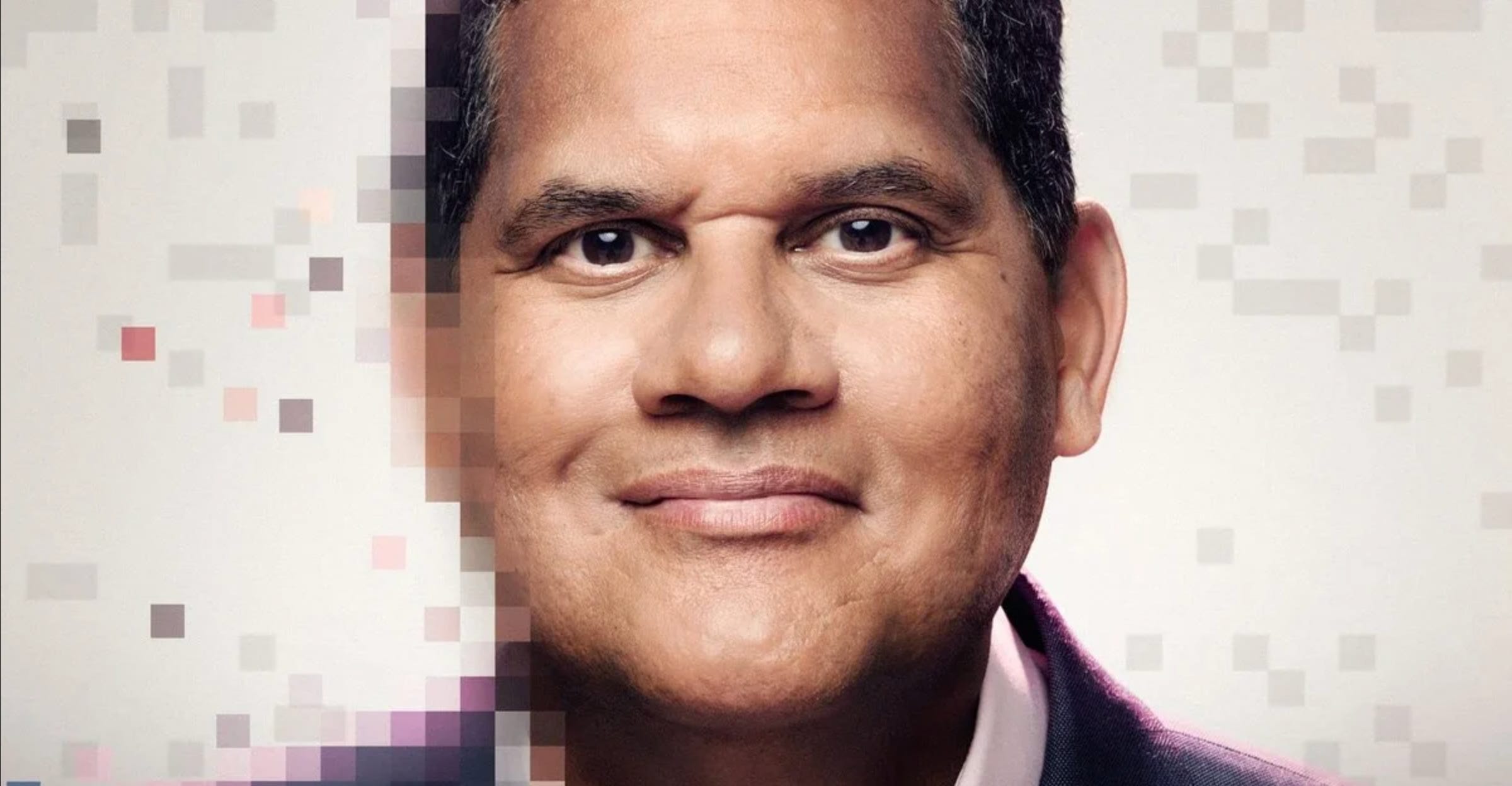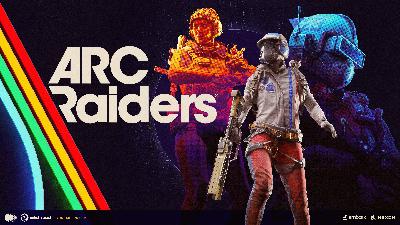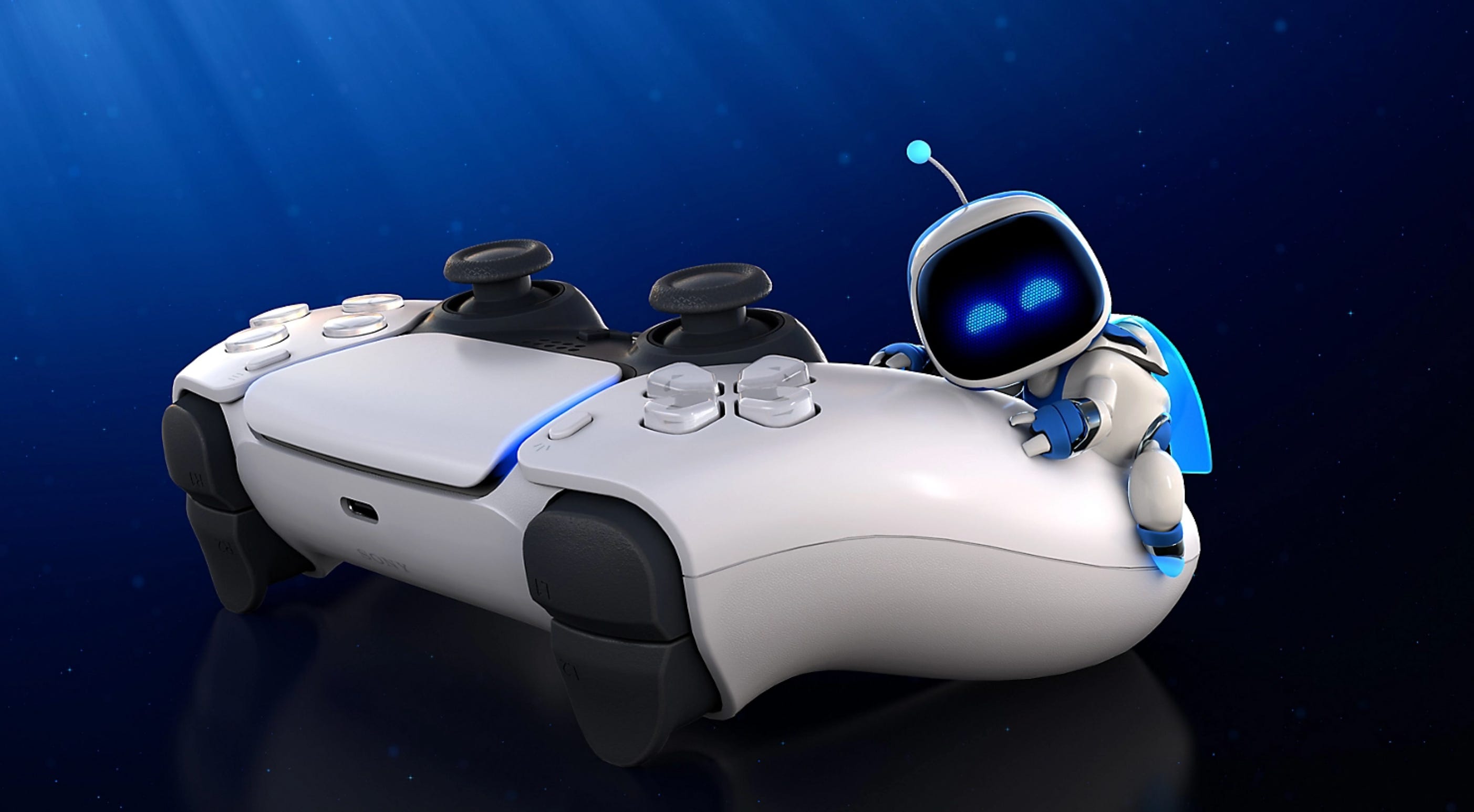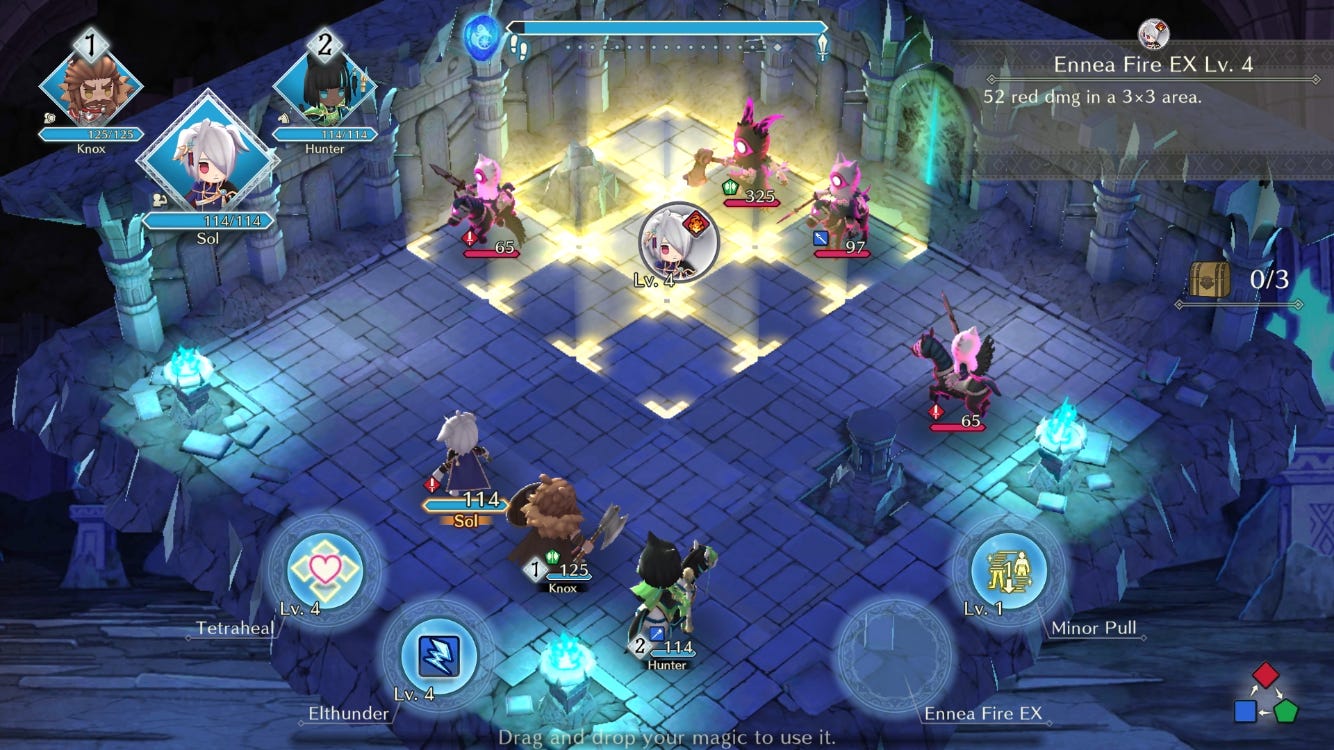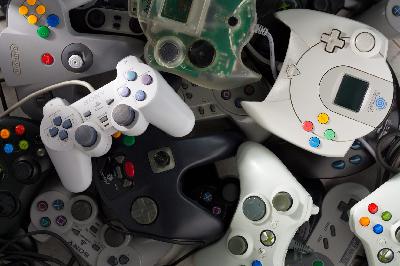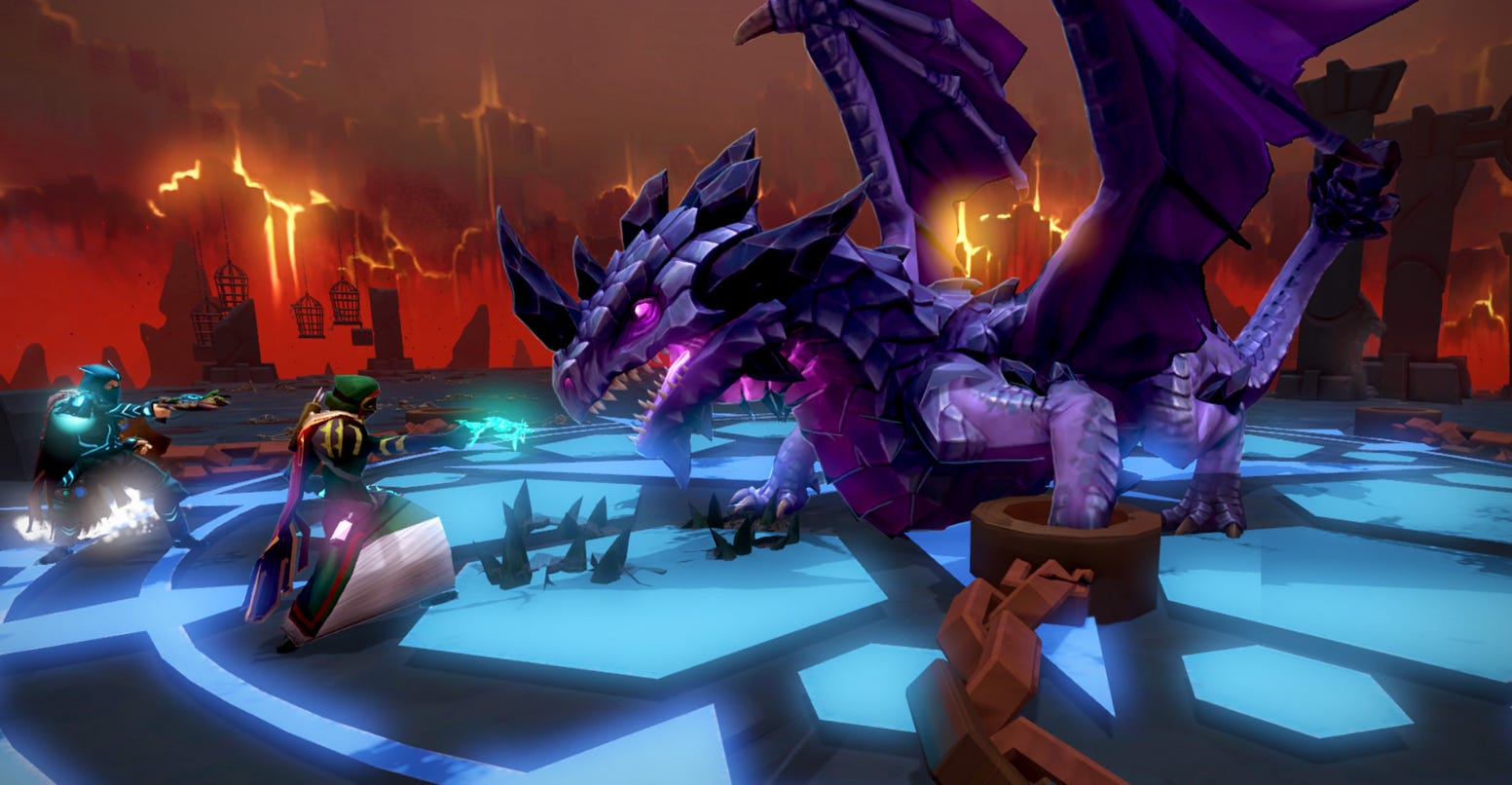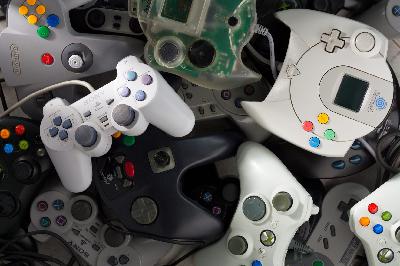What’s going to stop the Steam Machine failing again?
Description
Hello and welcome to this week’s News edition of The Game Business.
On the Show today, we are joined by Shams Jorjani, the CEO of Helldivers 2 developer Arrowhead. Shams and I chat about the Helldivers 2 launch on Xbox, before diving into some big stories, including the delay to GTA 6, the layoffs at Square Enix, the NetEase-backed studio closures, and the debate triggered by a Eurogamer review, which marked down Arc Raiders for its use of AI voice generation.
Then we tackle the big breaking story, the return of the Steam Machine (plus Valve’s new VR headset), and what it might mean for the console space.
Meanwhile, in today’s articles (below), you can read about Sham’s experience of launching Helldivers 2 on Xbox, plus my own take on the Steam Machine, and what it might mean for the market.
Enjoy!
Valve’s Steam Machine is a threat to PlayStation and Xbox
I can’t believe it’s been ten years since the last time since we all got over-excited about Valve entering the console space.
The 2015 Steam Machines (and Steam Link) were Valve’s attempts at taking PC gaming into the living room. It failed. We estimate somewhere between 300,000 – 400,000 Steam Machine units were sold worldwide in three years.
Consoles are designed to be simple. When you buy a game, you know it will work and it has been optimised for the machine you own. There’s not a plethora of different configurations to worry about. The 2015-era Steam Machines didn’t deliver on this. They neither had the flexibility of a PC, or the simplicity of a console.
Yesterday, the Steam Machine made a comeback in the form of a cube-shaped device that has six times the horsepower of the Steam Deck. It comes with a new Steam controller, and will be available next year. It currently doesn’t have a price.
So, why will this time be any different?
Well, ten years is a lifetime in gaming terms, and Valve has taken some lessons from its previous attempts. The original Steam Machines were all made by partner manufacturers and there were multiple devices to choose from. This time, it’s just the single proposition and it’s been built internally by Valve. It’s a far clearer and cleaner offering that ties into the modest success it’s had with the Steam Deck handheld.
More significantly, PC gaming has exploded in the ten years since the original Steam Machines. Analyst Matthew Ball points out that Steam players own $90 billion worth of games (or entitlements) today, while in 2015 it was a tenth of that. Traditional console games are also common on Steam now, and even first-party Xbox and PlayStation software is available on the platform.
Put simply, the execution appears to be better, and PC gaming is dominant today. Nevertheless, I can’t help but see this Steam Machine as an enthusiast product that appeals to a small, albeit lucrative, group of players.
The Game Business is reader-supported. To receive new posts and support my work, consider becoming a free or paid subscriber.
From my view, there are two main potential audiences for the Steam Machine.
The first are existing PC/Steam users that want an effective way to take their PC gaming into the living room. It’s a similar audience to what the Steam Deck has been targeting, which are gamers looking for a way to continue playing Steam away from the desktop.
This is a pretty high-end customer; someone who can justify buying a second gaming PC for use in a different scenario. As a point of comparison, Steam Deck has sold between four and five million units, according to various analysts. It’s a small audience but a significant one, because these players are often the most engaged users and therefore the highest spenders.
The second potential audience for the Steam Machine are console players that are interested in PC games, but have been put off by the complexity of it all.
These people certainly exist, but it’s hard to know how large that group might be. For all its comparative simplicity, Steam Deck hasn’t unlocked many new customers for Steam (at least according to documents shared with me last year, which revealed that over 90% of Steam Deck owners are existing Steam players).
And if Valve wants its Steam Machine to expand its audience significantly, it’ll need an attractive price point, strong marketing, and wider retail distribution than just its own store. This is all very costly.
Should PlayStation and Xbox be worried?
If this is just an extension of PC gaming into a different space, is it really competition for PlayStation and Xbox? Well, yes.
Even if the Steam Machine only speaks to a small group of existing Steam customers, we can make some assumptions about who they are. It’s likely these are gamers that own multiple devices, including PS5 and Xbox machines. It’s likely they game a lot and spend a lot of money on their hobby. And if they were to pick up a Steam Machine, we might expect these high valued customers to spend more of their time, and by extension money, within the Steam ecosystem, as opposed to Sony or Microsoft’s (or even Nintendo’s).
Xbox will also be smarting from this reveal. The firm has made no secret of its future hardware plans. Last month it released the ROG Xbox Ally and the ROG Xbox Ally X, two PC handhelds it developed in partnership with Asus that directly competes with the Steam Deck. And that approach is being adopted for the next Xbox console(s), too. Which means the next Xbox will be a gaming PC that sits under the TV, just like the Steam Machine.
Now hardware is just one part of Microsoft’s strategy, and a successful Steam Machine would help the company reach more players, both with its games and its Game Pass subscription service. To quote its current marketing campaign, the Steam Machine ‘is an Xbox’.
But, of course, Xbox would rather people were buying their hardware and purchasing Call of Duty through them rather than Steam, where they’re obliged to give Valve a 30% cut of the revenue. Valve getting out ahead of Xbox and offering their own PC-based console-like experience will be frustrating to the Microsoft team.
We had Shams Jorjani, the CEO of Helldivers 2 developer Arrowhead, on The Game Business Show this week, and he said: “Can you imagine being charged of Xbox? They’re being attacked from every angle.” It can certainly feel like that. But Xbox is not some minnow. It’s the publisher of some of the biggest video games on the planet. If building up a platform business, whether that’s a console or a PC platform, was that important, it has the software available to help it achieve that. The fact that it continues to release its games on rival devices and stores speaks to what the company’s priorities truly are.
My instinct at this stage is that this new Steam Machine will avoid the fate of its predecessors. And that it will ultimately attract an influential but niche audience. It will be competition to PlayStation and Xbox, but neither Sony or Microsoft will be losing too much sleep over it.
Yet it could be more. And that’s no bad thing. In my interview with former Nintendo of America president Reggie Fils-Aimé this week, we discussed the fact that Sony, Microsoft and Nintendo were no-longer in direct competition, and how that might negatively impact innovation in the console space. That’s a concern, especially for a sector that is showing signs of user decline.
The arrival of Steam in the living room might just give the console market the excitement and inspiration it needs.
Launching Helldivers 2 on Xbox has been “a positive story across the board”
This week on The Game Business Show, we were joined by Shams Jorjani, the CEO of Helldivers 2 developer Arrowhead.
Helldivers 2 had a spectacular launch in 2024, followed by a sharp decline, and then a significant comeback. It was a story we covered when Jorjani joined us on the Show back in April. Since that interview, Helldivers 2 has made its way to Xbox, which was a big industry story because Helldivers 2 is a game published and funded by Xbox’s main rival: PlayStation.
Jorjani admits he was surprised that Sony requested an Xbox version. “But I’m super happy,” he told us. “Ultimately, it’s their strategy, it’s their thing. We’re just along for the ride and excited to be part of it. It’s always fun to be part of gaming history.”
“It’s always fun to be part of gaming history.”
Jorjani stressed he isn’t privy to Sony’s multiplatform strategy, or what this move might mean (or not mean) for the future. Only that Xbox players had been “clamoring” for Helldivers 2, and that coinciding the launch with Halo content in the game proved to be a winning formula.
“It turns out if you give the players what they want, they’ll be happy,” he said.
He added: “It was a good driver and it was well received. It’s been interesting. We’ve been so focused on trying to level up quickly and becoming good at the live service shtick, which is new for us, that we forgot that we’ll have a ton of new players coming in that’ll have so much Helldivers to enjoy from the beginning.
“The magical part of it is that… sometimes in online games we see some toxicity in the community, where people are not helpful. But this was the opposite. The narrative thing of Halo’s Master Chief [in Helldivers 2] is he’s this mythical figure, because he comes in and just helps out regular soldiers. The same thing happened or


